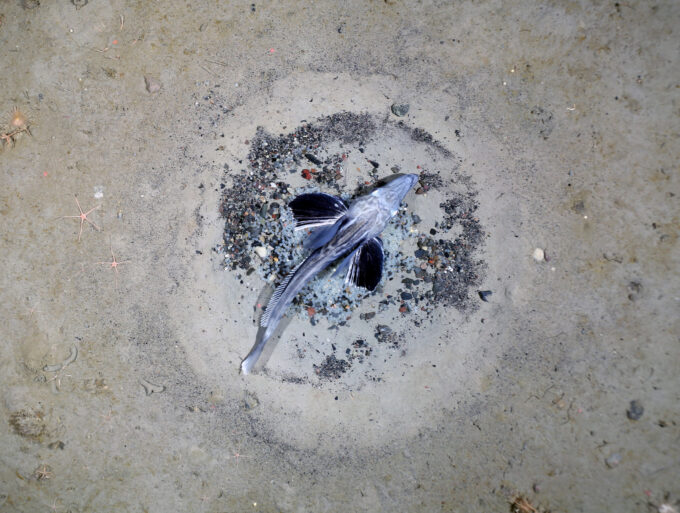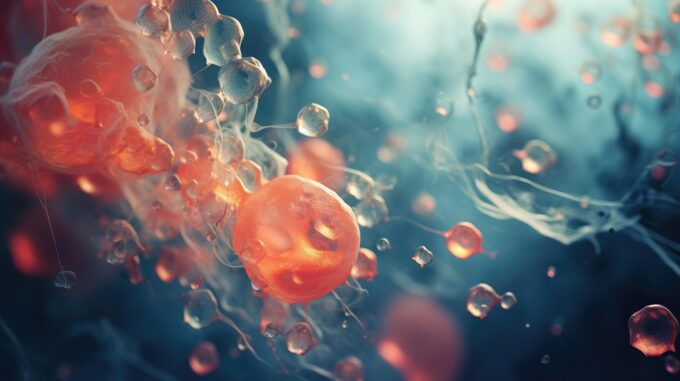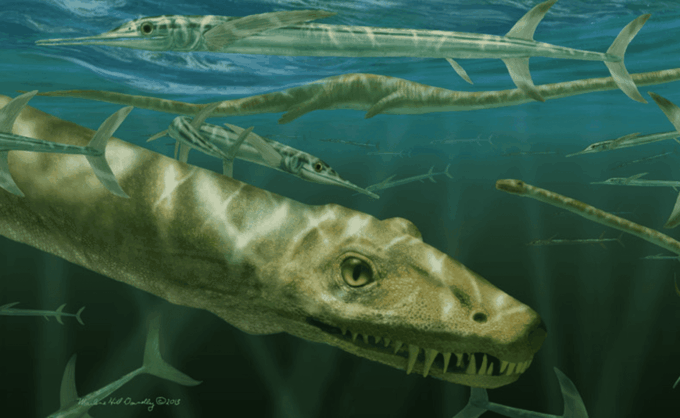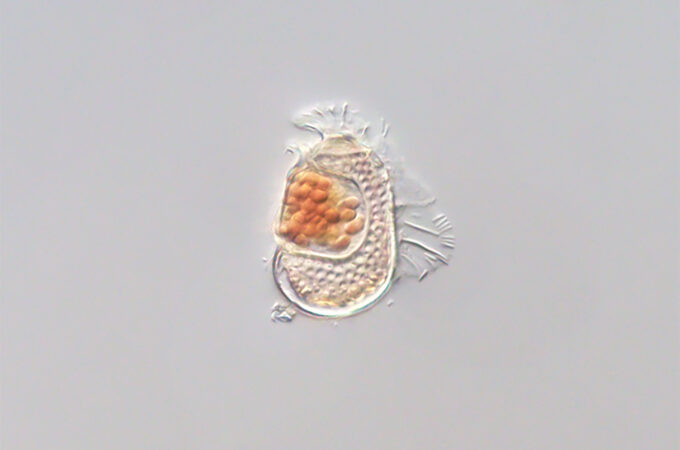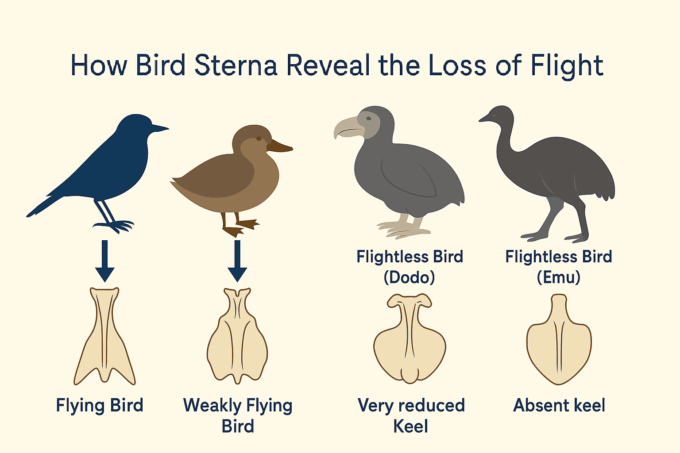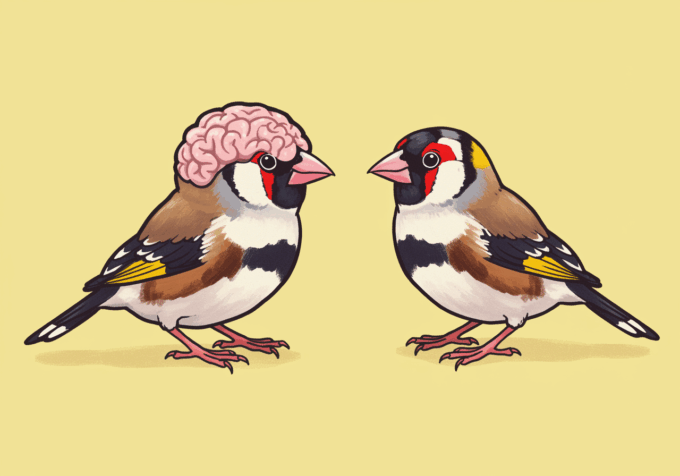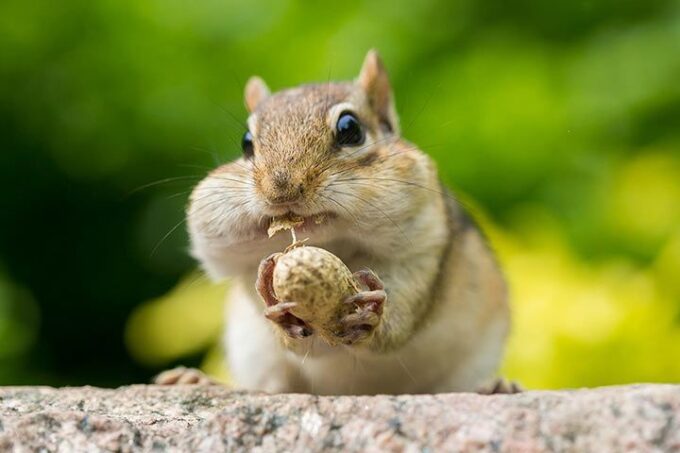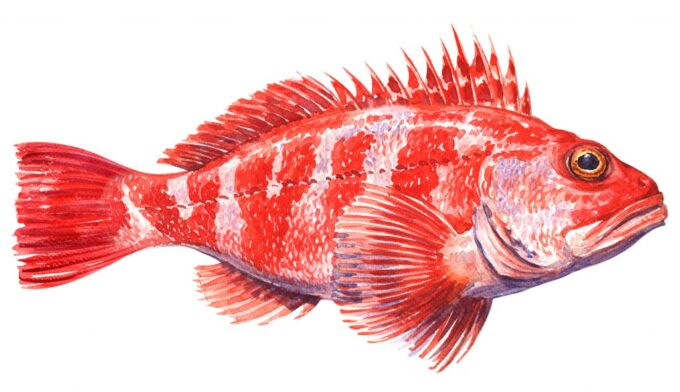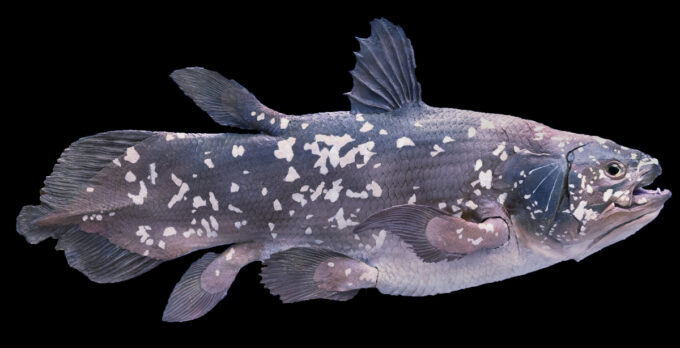NEW FINDINGS
Discovery of a hidden fish city beneath the Antactic ice
In the remote depths of the Weddell Sea in Antarctica, scientists have found something astonishing: the world’s largest known fish breeding colony. Spanning...
Life before enzymes: How chemistry broke the paradox of life’s code
For decades, scientists have wrestled with a simple but profound puzzle: how did life’s genetic code first connect with proteins? Today, all living...
The impossible neck; A marine predator’s evolutionary experiment
A vertebrate with one of the longest necks When paleontologists uncovered the fossils of Dinocephalosaurus orientalis in the Middle Triassic rocks of Guizhou,...
A microbe that may be on its way to becoming a virus
What’s the bare minimum needed for life? Scientists may have just found the answer in a tiny archaeon named Candidatus Sukunaarchaeum mirabile. This...
No wings, no keel: How the bird sternun reveal the loss of flight
Flightless birds show a deterministic reduction in keel size and sternum curvature as body mass increases. When birds give up flight, they don’t...
Why birds living on islands tend to be smarter than their mainland cousins
Imagine escaping to an island. You’d need to outsmart new predators, seize novel food sources, and cope without escape routes—perhaps only your brain...
What Chicago’s rodents are teaching us about Evolution
Can animals evolve fast enough to keep up with the changing city? A new study on chipmunks and voles in Chicago digs deep—literally...
How fish guts help shape the ocean’s chemistry
The surprising role of deep-sea osmoregulation in the marine carbon cycle When we think of ocean carbon cycling, our minds tend to drift...
We were wrong! Coelacanth is reshaping our evolutionary story
For decades, the African coelacanth (Latimeria chalumnae) has been hailed as a “living fossil,” a rare window into the deep evolutionary past of...
